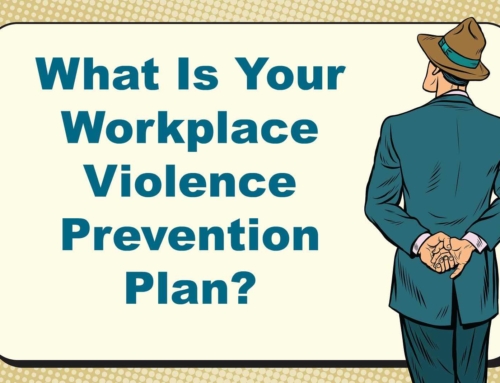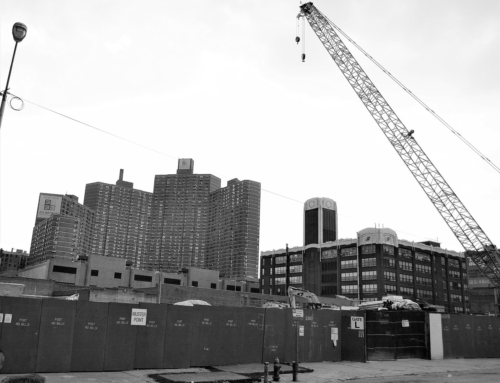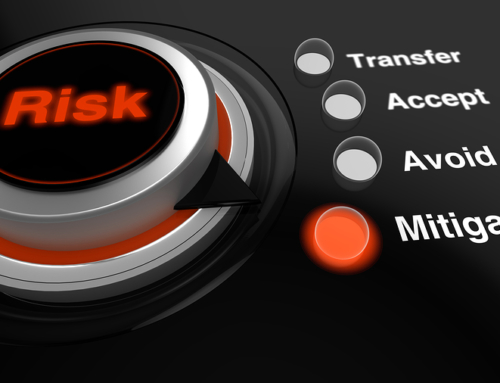If you see something…say something. Please!
You have probably heard of the Block Watch (or Neighbourhood Watch) Program.
You will have seen the familiar looking signs attached to lampposts at various places around your community.
I live in a Block Watch area myself.
You might too.
They certainly are not everywhere but there are a lot of them, which is good news.
The idea behind this crime prevention program is to encourage neighbours to look out for their neighbours.
At the bottom of the sign, it proclaims something to the effect that “Every Suspicious Activity Will Be Reported To Police.”
The philosophy is that there won’t be a decision-making process initiated between neighbours as to whether the police should be called and then a vote is taken to see at what time the call will be made. Perhaps then, another vote to see who should make that call.
No.
The decision has already been made beforehand.
The police will be called each and every time it happens.
The sign means that there is Zero-Tolerance for suspicious behaviour in the neighbourhood.
Is the Neighborhood Watch System Reliable?
One of the problems with the program though is that very often, someone’s definition of the word ‘suspicious’ (as in suspicious activity) will be different from the next person.
Resident 1 Scenario
One person might think that the unfamiliar van that has just driven slowly into your area is perhaps lost. After all, you have never seen the van before so they must be lost.
Resident 2 Scenario
Whereas another person might see the exact same thing and think that the driver is scoping out the neighbourhood to see:• How many residents appear to be home?
- • What sort of natural cover is available to him?
• Do any blinds move as the van idles outside any of the houses?
• Do any of the houses have a pile of uncollected newspapers/mail sitting on the porch?
• Do any of the houses have really long grass possibly indicating that someone is away?
• Do any of the homes have indications of an alarm system installed?
• Do people appear to notice and care about what is going on in their area?
• Do any of the homes have CCTV cameras visible?
• Are there any dogs?
It is the very same behaviour that is being observed – but with two completely different interpretations.
Resident #1 will NOT call the police whereas Resident #2 definitely WILL.
I can tell you from having been a police officer for over 35 years, every time a new Block Watch (or Neighbourhood Program) is started in the community, the calls to the police from that area skyrocket.
The police know that this will happen.
It is expected.
Calls to the police spike because everyone is now seeing their neighbourhood with a fresh perspective.
They are seeing things (that have always been there) through a new lens and they report what they see.
These reports bring the police into the neighbourhood and they deal with the source of the reports…the unfamiliar van for instance.
The spike in calls eventually dies down since the area becomes known as an area where people can’t get away with bad behaviour (crime etc).
Not only is there a sign on a lamp-post that states as much but also the behaviour being demonstrated by the residents sends a clear message to everyone that they care about their neighbourhood and they are very proactive (not reactive) in keeping it safe.
This creates a safer neighbourhood.
It creates a feel of a real community.
It even creates an increase of real estate values since it becomes a very desirable area to live.
As you can see, very positive things happen as a result of Block Watch (or Neighbourhood Watch) program being initiated.
Now, translate everything that I have just said and place it into a workplace environment.
What would be the definition of suspicious activity in your workplace?
Translate the image of that unfamiliar van into a stranger in your workplace or even a co-worker whose behaviour you have never seen before.
Is what you are seeing a person just having a bad day…or is it the sign of something more sinister?
What should you do?
Who should you talk to?
The idea behind an organisation having a Workplace Violence Prevention Policy is rather like having that Block Watch sign on the wall.
Some companies do actually have signs on the walls of their business (or behind the driver on many public transit buses) stating that they have a Zero-Tolerance policy for disruptive, abusive or aggressive behaviour in their premises and also stating what the consequences will be.
Those consequences could range from a refusal of service to a demand to leave the premises by security, a ban from future admission or perhaps the police being summoned. But it all stems from employees being able to recognise suspicious activity in the first place and then actually doing something about it before it is too late.
That is the difference behind being proactive and being reactive.
Different people will have different information as well.
When employees begin to be proactive about what they know and what they have seen or heard, the organisation can begin to join the dots of information together. It allows them to create a clearer picture of what is really going on. This is particularly true for employee behaviour.
When people say something such as “That was bound to happen one day,” or “It was only a matter of time before he/she did that,” it likely means that the employee had sensed, seen or heard something but did not do anything about it.
They did not tell anyone what they sensed, saw or heard. They did not make the call.
They looked at the van and thought that the driver was lost.
Although the employer has the legal responsibility to provide a safe workplace for their employees, they can’t achieve that if the employees do not take a proactive role in their ‘community.’ Just like residents being proactive in their neighbourhood.
So, tell someone what you know, what you saw, what you heard. Make the call.
It is expected.
Remember, creating a safer workplace is everyone’s responsibility.
If you see something…say something.
Please!







Leave A Comment